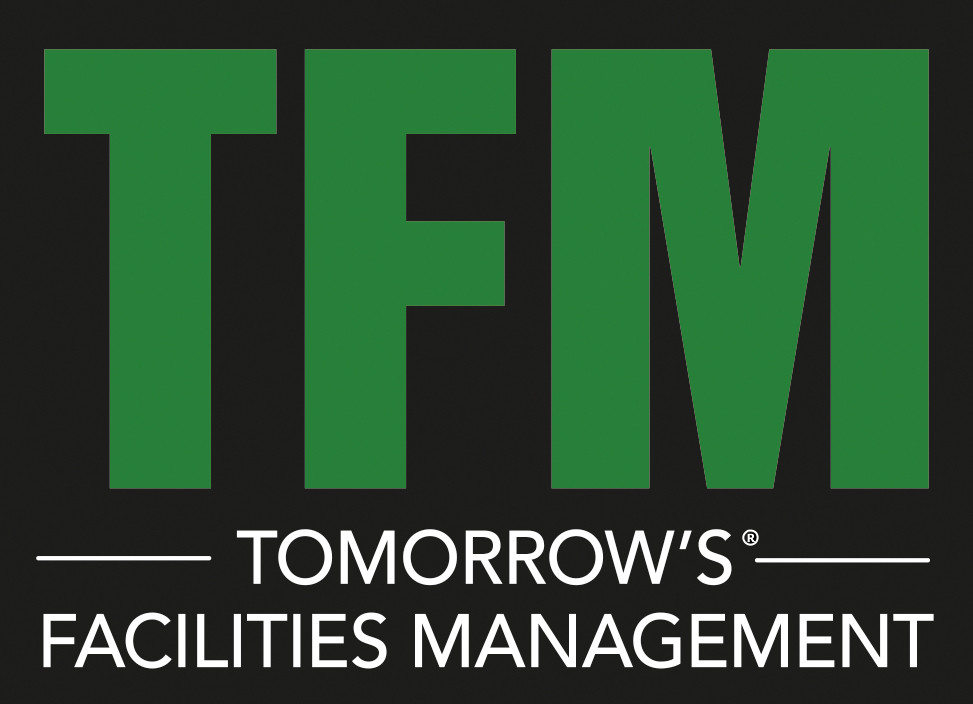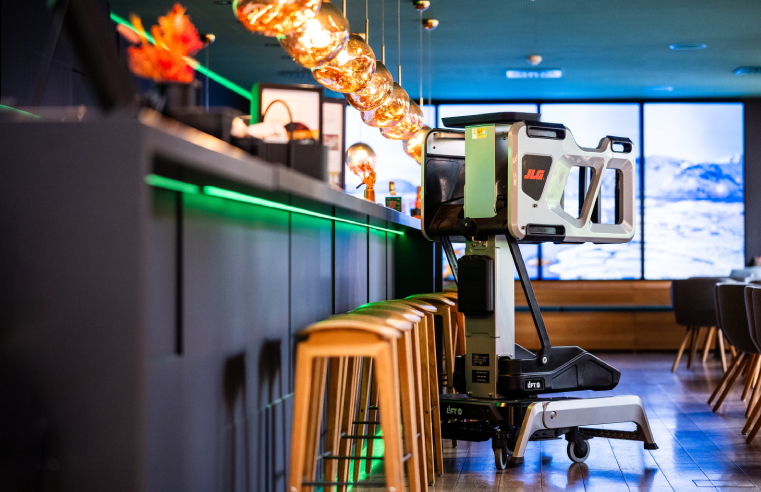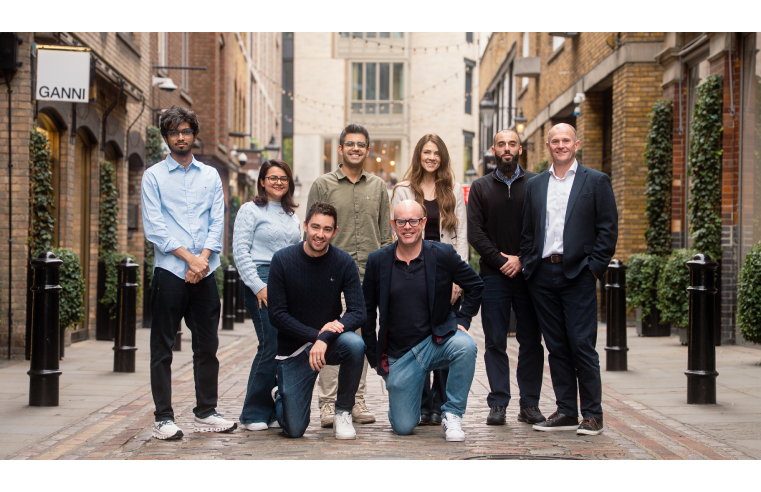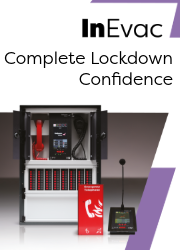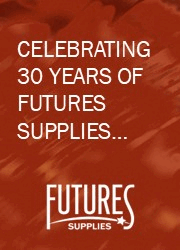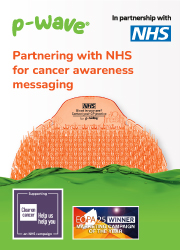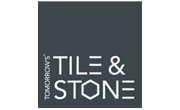After so much exposure to Covid-19 related messaging over the past 22 months, should facilities managers be wary of another kind of pandemic? Ed Barnes, Product Innovation Manager at Seton, delves into the topic of sign blindness.
Safeguarding staff was a priority for facilities managers long before the Covid-19 pandemic started. However, since March 2020 the importance of investing in the latest health and safety measures, as well as maintaining compliance, has been brought into clear focus - and failing to do so could have catastrophic consequences, ranging from fines, to a mass workforce shortage if an outbreak were to occur.
This has been an ongoing difficulty for those working in sectors that stayed open throughout lockdown. Elsewhere, In June 2021, office staff who had been working from home were invited back into the corporate environment again, causing workplaces to get busier once more. September then marked a tipping point for employers across the country, as the government’s Coronavirus Job Retention scheme came to an end, with around 16 per cent of businesses still having employees on furlough at that stage.
Offices, warehouses and workplaces across the country are subject to a melting pot of factors that make upkeeping health and safety standards even harder to manage. ‘Sign blindness’ is one of them – an industry term which simply means we fail to notice what’s in front of us.
Cognitive overload
Throughout the pandemic, we’ve all been exposed to new signage, asking us to keep a social distance, wash our hands and wear a face covering in almost every public setting. And this could have a lasting effect.
The human mind can quickly become desensitised to messaging after repeated exposure, despite its ability to interpret abstract symbols, shapes and colours quickly. In other words, people can become ‘blind’ to signage over time. Clear signage is still one of the most effective ways to keep people safe, but it’s important to use it strategically so it retains its impact.
When compiling our recent report into sign blindness, we spoke to psychologist Dr Jennifer Parkin, PhD, BMBS, who explained more about why this happens.
In an interview, she told us: “If we’re focusing on a specific task, we are less likely to notice an unexpected object even if it falls within our gaze – a phenomenon called inattentional blindness.
“Change blindness – whereby if an object or scene that we’re paying attention to changes while we’re looking at it, we don’t actually detect that change – is another example of how we can be looking at something, and yet fail to notice key elements.”
In the context of perceiving danger, she explained how these phenomena mean that additional distractions could hinder people’s ability to notice a threat. Repeated exposure to visual warning signs could also cause people to become habituated to them. She added: “When we detect a threat, our brains initiate an increase in adrenaline and noradrenaline (as part of the fight or flight mechanism). These hormones increase alertness and our ability to remember the details of the dangerous situation, lest we should encounter it again.
“However, particularly at high levels, these stress hormones can also impair our cognition – reducing our working memory and ability to think flexibly, meaning that we find it harder to come up with new solutions to manage a situation.”
Reducing complexity and increasing focus
The answer, then, is to reduce the visual complexity of the physical working environment to remove unnecessary mental load, and ensure attention is only focussed where and when it needs to be.
Start by decluttering workspaces, getting rid of old signage that no longer needs to be there, and then display information using a hierarchical layout. Contrast is also key –- highlight the most critical information with bold lettering or illumination, but still remember to do so sparingly. A wall filled with too many illuminated signs will be just as ineffective as a room filled with paper posters.
Modern signage solutions go one step beyond this, using auditory alarms, or ‘speaking signage’ to trigger an alert on an ‘as needed’ basis. This could help to draw attention to a critical hazard, without having a detrimental effect on people’s ability to process information.
The ongoing Covid-19 pandemic has prompted facilities managers across the world to rethink their signage strategy, to avoid ‘sign blindness’ and fatigue. However, using these techniques long term could help to create a much safer environment now, and far into the future - helping to navigate through whatever comes next.
You can read the full free report Sign Blindness: A big risk to health and safety online.



